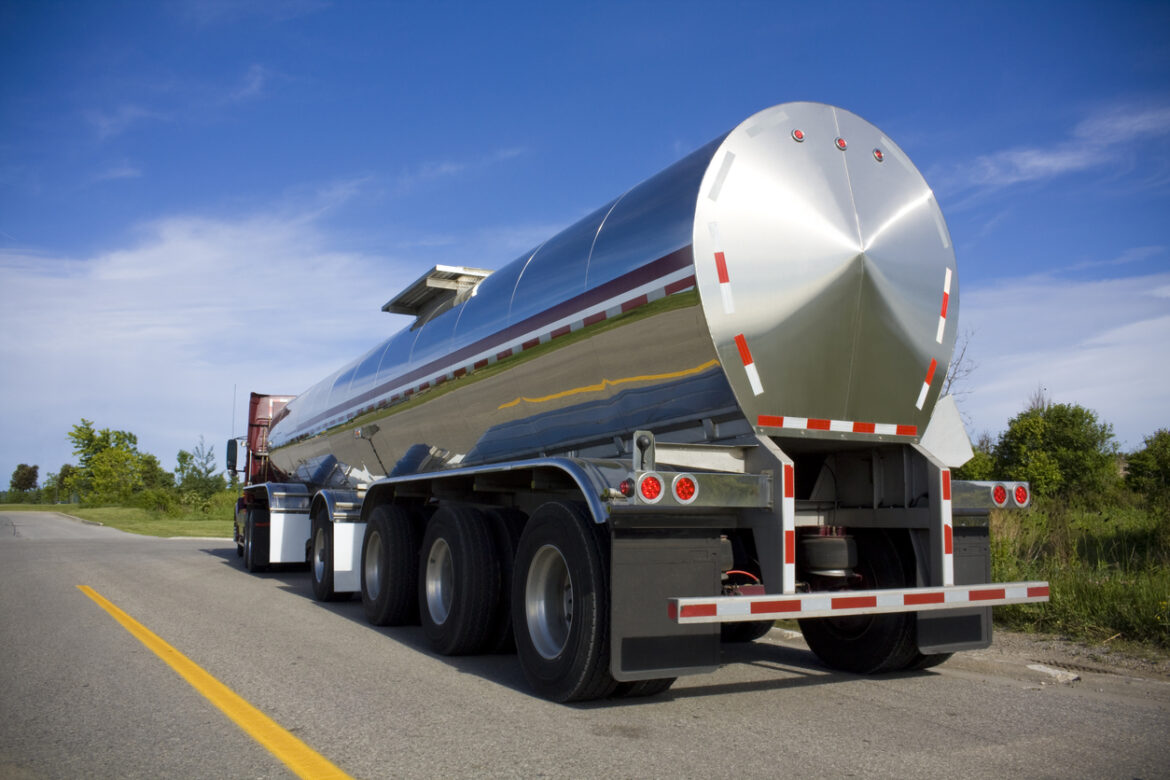
Supply Chain Logistics Part 1: Fuel Procurement, Contracts & Allocation
In our first post of this series, we explored the ways in which digital innovation can help optimize fuel procurement, contracts, and allocation. Next up, we examine forecasting.
Every day, fuel supply operators grapple with balancing supply and demand, minimizing holding costs, and reducing the risk of runouts. They cycle through the same series of fuel inventory forecasting questions: What needs to go? When does it need to go? Where does it need to go? Who’s going to take it?
All answers point to the same goal: Strike the right balance to avoid runouts and excess inventory.
To minimize risk and maximize outcomes, fuel retailers must base inventory management decisions on sound data and analysis. They need a clear view of accurate data, statistical models, and market insights to make the best fuel inventory forecasting decisions for their business.
Operators using legacy systems, however, depend on dispatch experts to orchestrate these critical components; a liability, as their absence for even a day can create a significant risk to the business. When such experts are available, they utilize manual processes that take time and leave room for costly errors. Hours are spent looking at tank levels, analyzing sales history, managing carrier schedules, and trying to prioritize orders. Often, these tasks require multiple, siloed systems requiring extensive knowledge and training prior to ramp-up, adding business cost and risk. Needless to say, the margin for error is great.
There are three main pain points fuel operators may encounter due to incorrect or inefficient forecasting. Runouts when fuel arrives too late, retains when inventory arrives too early and stays on the truck, and tank overstocking when too much fuel is delivered into lower consumption tanks, such as those holding premium gas. The risk of all three scenarios is more prevalent for fuel retailers relying on outdated methods which lack:
All these shortfalls lead to the same undesirable outcomes: Revenue loss.
Today’s leading fuel operators remain competitive while maximizing revenue by leveraging technology to enhance operational efficiency. Industry-specific supply chain logistics solutions powered by machine learning, AI, and automation can streamline operations, significantly reducing both errors and time spent on unnecessary tasks.
As inefficiencies are minimized and resources are allocated more effectively, this translates to tangible cost savings. Put simply, fewer mistakes mean fewer runouts, money saved on excess inventory, and less time spent adjusting and readjusting supply logistics.
Automated systems streamline processes by combining historical consumption data, inventory tracking, and fine grain tank chart management into a single interface. This enables fuel operators to:
Advanced forecasting isn’t just about predicting future demand—it’s about optimizing operations, reducing costs, and ultimately, positioning fuel supply chains for sustainable growth.
Stay Tuned for the Next Post!
Coming up next in this series, we’ll explore how data-driven technology can automate fuel logistics to unified dispatch.
To speak with a Titan Cloud solutions consultant about how our supply and logistics module can help you optimize fuel planning and automate for success, visit us here.
